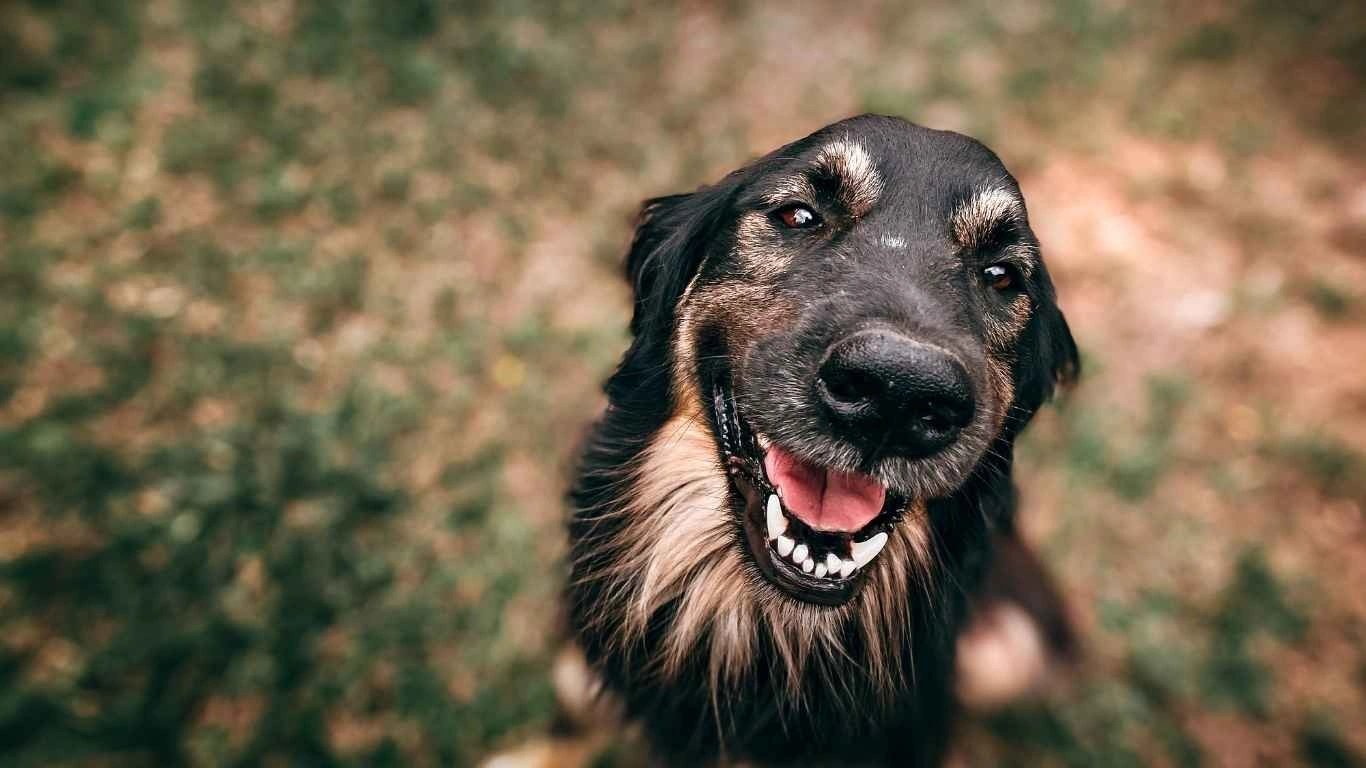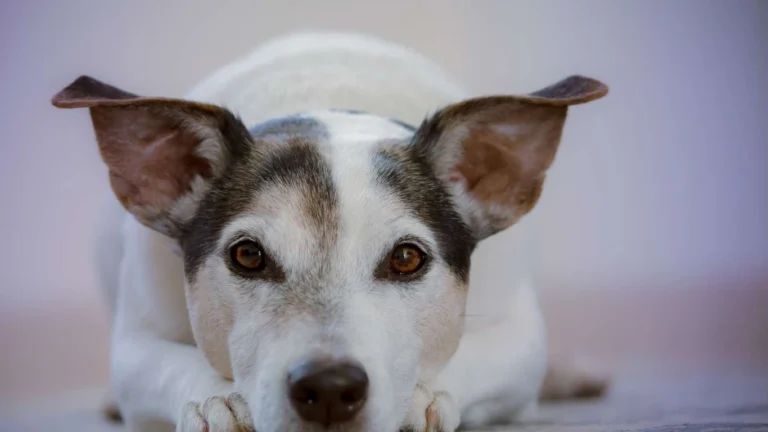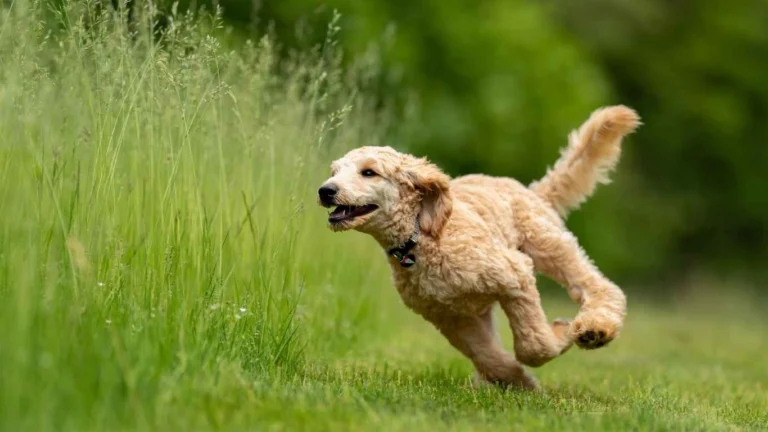Can Dogs Eat Cooked Pasta? The Surprising Truth About This Popular Snack
As an Animal Care Specialist, I’ve spent a lot of time helping pet owners make informed decisions about their dogs’ diets. One common question I hear quite often is: Can dogs eat cooked pasta? It’s a valid concern—after all, pasta is a staple in many households, and sometimes we might wonder if a little bit of our meal is okay to share with our furry friends. But is it safe for dogs? And more importantly, is it healthy for them in the long run?
Understanding Pasta: Is It Safe for Dogs?
When it comes to feeding our dogs, it’s essential to be mindful of what’s safe for them. While pasta might seem harmless, there are a few factors to consider. Let me share a bit of my experience as an Animal Care Specialist and what I’ve learned over the years.
Pasta, when cooked properly, is generally not toxic to dogs. In fact, a small amount of plain cooked pasta is not likely to cause harm, but there’s a big “but” here. While it’s not dangerous, it doesn’t offer much nutritional value for your dog either. So, should you be serving it regularly? Let’s take a deeper dive into why pasta may or may not be a good addition to your dog’s diet.
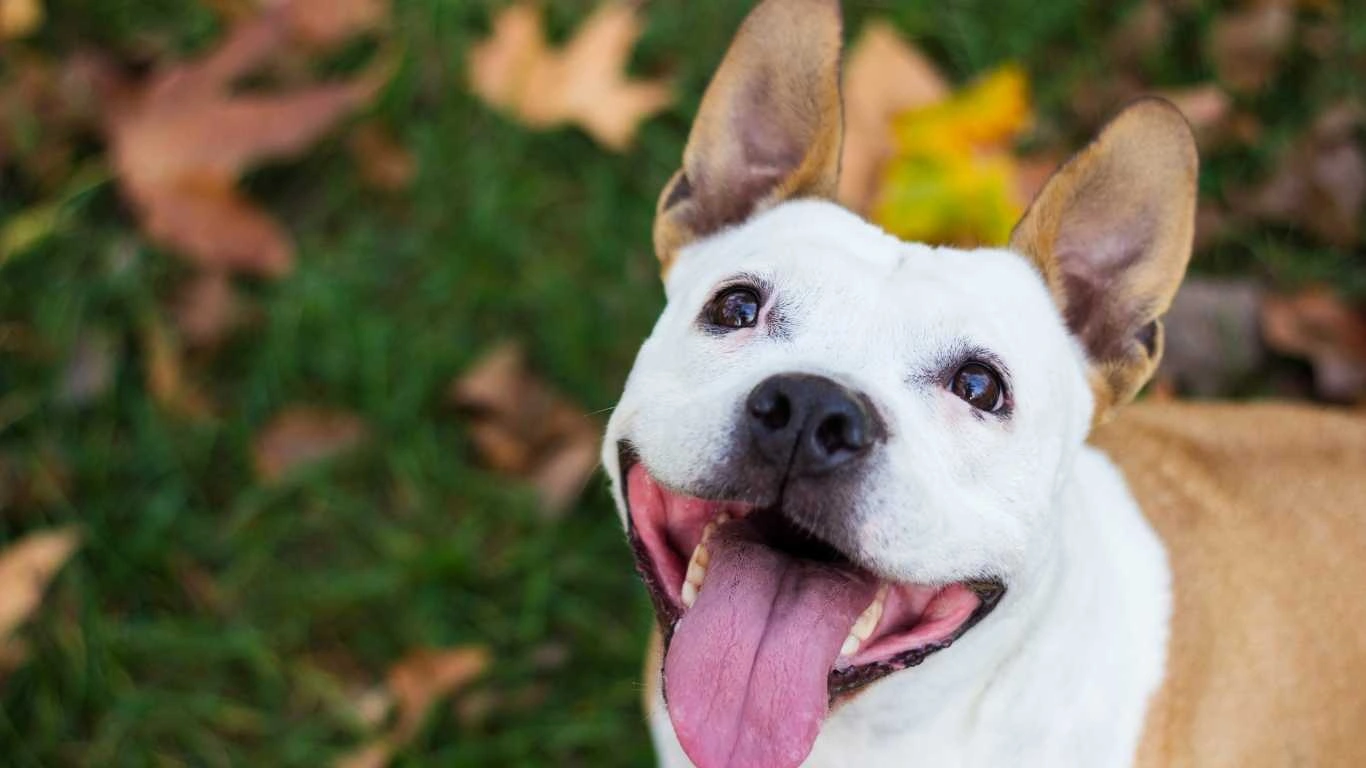
The Ingredients in Pasta: What You Need to Know
Most pasta, whether it’s spaghetti, penne, or elbow macaroni, is made from durum wheat, water, and sometimes eggs. For the most part, the basic ingredients are not toxic to dogs. However, there are a few things to keep in mind:
- Wheat Sensitivity: Some dogs have sensitivities or allergies to wheat. If your dog has a known grain allergy or sensitivity, pasta might not be the best option for them. Look for signs like skin irritation, ear infections, or digestive issues after consuming wheat-based foods.
- Carbohydrates: Pasta is made mostly of carbohydrates, which aren’t a bad thing in moderation, but dogs don’t require as many carbs as humans. A diet high in carbs can lead to weight gain or even diabetes over time if fed regularly.
- Calories: Pasta is relatively calorie-dense, and adding it to your dog’s diet without cutting back on other food could cause them to gain unnecessary weight.
Portion Control: How Much Pasta Can a Dog Have?
While it’s okay to give your dog a little bit of pasta every now and then, portion control is key. Small amounts of cooked pasta are unlikely to hurt your dog, but like any treat, it should be served in moderation. For example, a few small pieces mixed in with their regular food every now and then is fine, but pasta should never make up a large portion of your dog’s daily meals.
If your dog is particularly small, even a few pieces could be too much. Larger dogs have a higher tolerance for extra calories, but that doesn’t mean they should be treated to pasta every day. Too many carbs in their diet can lead to weight gain and other health issues down the line, especially if they’re not getting enough exercise.
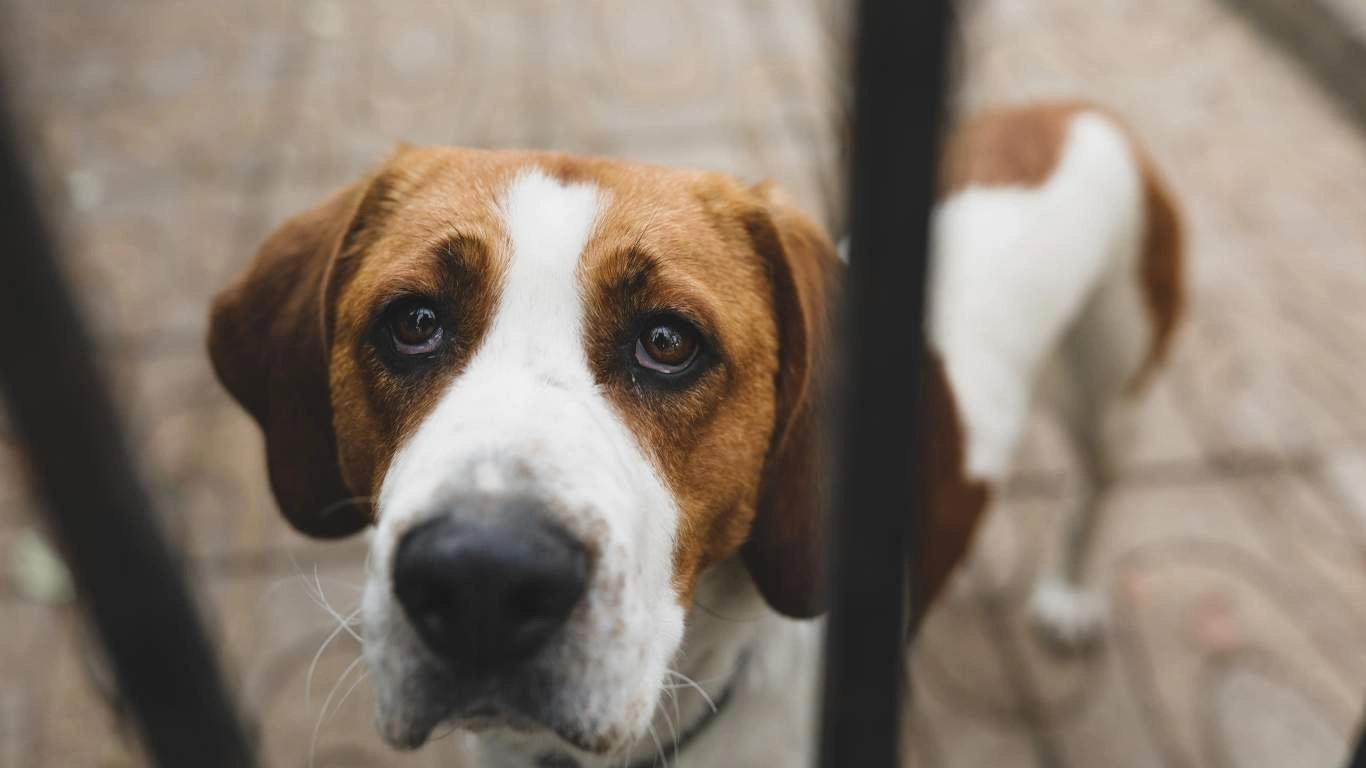
Potential Risks of Feeding Pasta to Dogs
Even though pasta is non-toxic to dogs, there are a few risks to consider before offering it to your pup:
- Seasonings and Sauces: While plain pasta is safe, sauces and seasonings added to pasta can be harmful to dogs. Garlic, onions, and certain herbs are toxic to dogs and should never be included in their food. Additionally, creamy sauces or anything containing dairy might upset your dog’s stomach, especially if they’re lactose intolerant.
- Choking Hazard: If you’re giving your dog pasta, make sure it’s cut into small, manageable pieces. Long strands like spaghetti could pose a choking hazard, especially for smaller dogs. Always break it up before offering it to your dog.
- Digestive Upset: Dogs have sensitive stomachs, and introducing new foods, even something as simple as pasta, can cause gastrointestinal upset. Keep an eye out for symptoms like diarrhea or vomiting if it’s their first time eating pasta.
Can Dogs Eat Cooked Pasta? The Final Verdict
So, can dogs eat cooked pasta? Yes, but with a few caveats. Pasta can be a safe, occasional treat for your dog, but it’s important to consider portion size and the ingredients that go into the pasta. Keep it plain, watch the portion size, and avoid adding any harmful seasonings or sauces. It should never replace their regular balanced dog food, which is specially formulated to meet their nutritional needs.
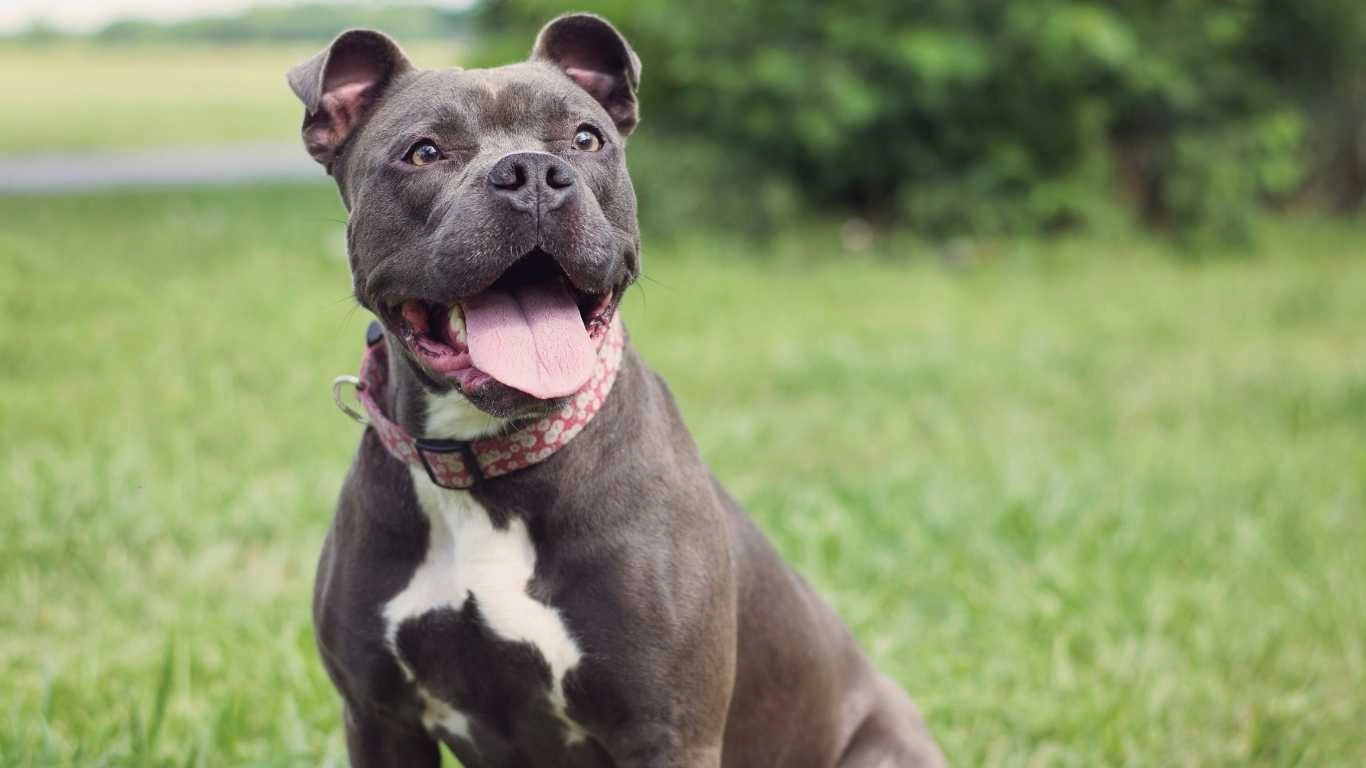
What Happens if Your Dog Eats Too Much Pasta?
So, we’ve covered whether pasta is safe for dogs in small amounts, but what happens if your dog eats too much of it? In my experience, this is where pet owners tend to get a little worried. I’ve had several clients come to me, concerned because their dog managed to sneak a whole plate of pasta off the kitchen counter. While it’s not usually something to panic about, it can lead to a few health issues if it becomes a regular habit.
Here’s what could happen:
- Weight Gain: Pasta is rich in carbohydrates and calories, and dogs don’t need nearly as many carbs in their diet as humans do. If your dog starts eating too much pasta, it could lead to weight gain over time. Extra weight on a dog can lead to joint problems, heart issues, and even diabetes, especially in older dogs or those with lower activity levels.
- Gastrointestinal Issues: Feeding your dog too much pasta at once can cause stomach upset. This could lead to symptoms like bloating, diarrhea, or vomiting. In some cases, this may be temporary, but if the pasta is seasoned or mixed with other human foods (like garlic or onions), it could be much more serious.
- Blood Sugar Spikes: While pasta isn’t inherently dangerous, its high carbohydrate content can cause spikes in blood sugar. Dogs with existing health issues, like diabetes, should avoid foods that can cause blood sugar fluctuations. Even healthy dogs might experience energy crashes after a big pasta meal.
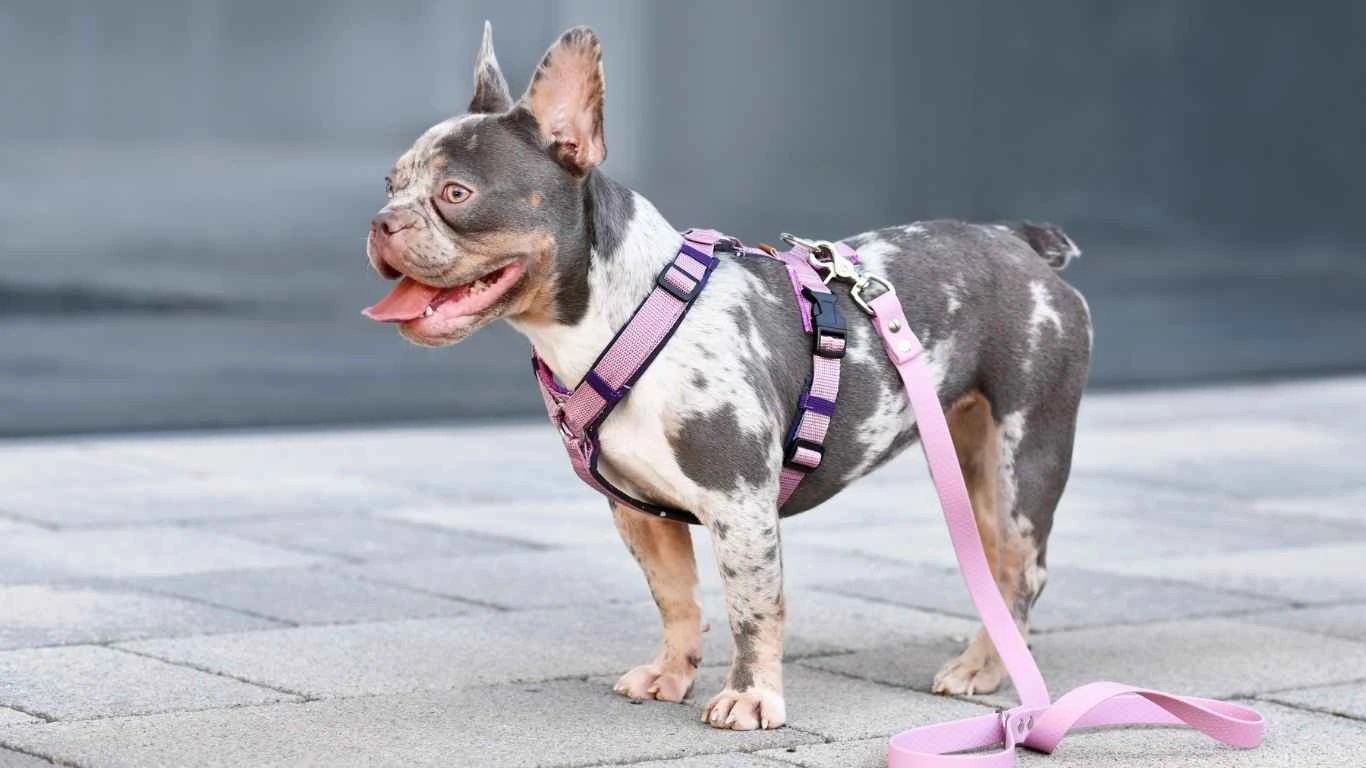
Can Puppies Eat Cooked Pasta?
If you’re raising a puppy, you might be wondering if it’s okay to give them a little taste of pasta. In my experience, puppies have slightly different dietary needs than adult dogs. Their bodies are still growing and developing, and they require a specific balance of nutrients to support their growth.
While a few small bites of plain pasta here and there likely won’t harm your puppy, it’s essential not to overdo it. Puppies need a protein-rich diet with plenty of essential fats and vitamins to grow strong. Too much pasta could take away from the balanced nutrition they need. Plus, like adult dogs, puppies can suffer from digestive upset if they’re given too many carbs all at once.
Additionally, puppies have more sensitive digestive systems, so if you’re introducing something new to their diet—whether it’s pasta or any other human food—be sure to monitor them closely. Look out for any signs of discomfort, like bloating or diarrhea, and always consult with your veterinarian if you have concerns about your puppy’s diet.
Alternatives to Pasta for Dogs
If you love treating your dog with occasional human foods and want to give them something similar to pasta, there are plenty of healthier alternatives you can consider. As someone who’s worked in shelters and pet clinics, I’ve seen how certain foods can make dogs even happier and healthier when offered in the right portions. Here are some options:
- Sweet Potatoes: If your dog loves carbs, sweet potatoes can be a great alternative to pasta. They’re rich in fiber and vitamins like A and C, which are great for your dog’s immune system. You can steam or bake them and serve in small pieces as a treat.
- Carrots: Another low-calorie snack that’s packed with vitamins. Carrots can also help clean your dog’s teeth while they munch. They’re crunchy, sweet, and a natural treat that most dogs love!
- Rice: White or brown rice is another simple carb that’s easy on your dog’s digestive system. It’s often recommended for dogs with upset stomachs. Unlike pasta, rice offers some more nutritional value, especially in terms of digestibility.
- Pumpkin: Pumpkin is another fantastic alternative. It’s rich in fiber, low in fat, and can help with digestion. I’ve worked with many pet owners who swear by pumpkin for regulating their dogs’ bowel movements.
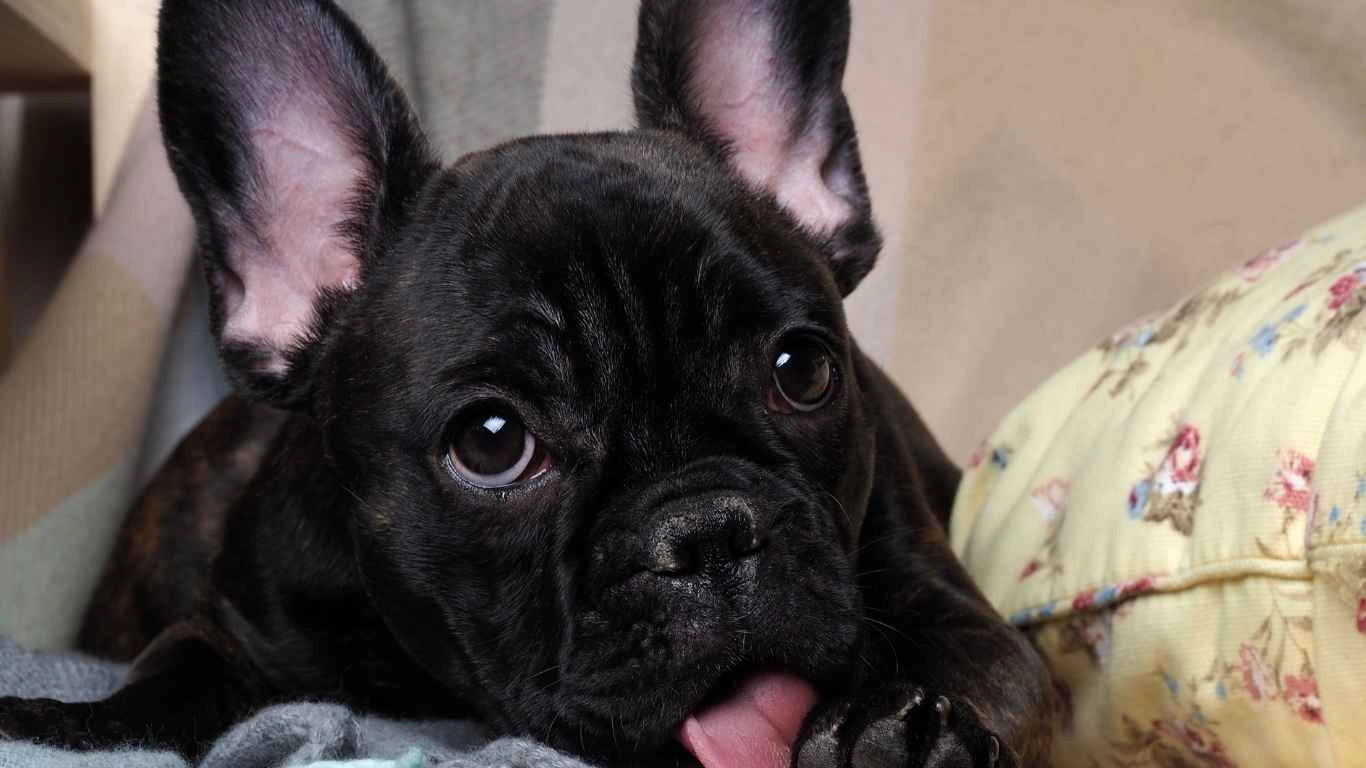
How to Safely Introduce New Foods to Your Dog
If you’ve never given your dog pasta before or are considering offering them a new treat, it’s important to introduce new foods gradually. Here’s how I recommend doing it:
- Start Small: Begin with just a tiny amount of the food you’re introducing. For pasta, start with just one or two pieces, and observe how your dog reacts.
- Watch for Allergic Reactions: Even if the food isn’t toxic, it might not agree with your dog’s system. Keep an eye on them for a few hours after feeding them something new. Symptoms like vomiting, diarrhea, or excessive licking could indicate an adverse reaction.
- Gradual Introduction: If the food seems to agree with your dog, you can slowly increase the portion size. But be cautious not to change their diet too suddenly, as this could cause gastrointestinal issues.
- Consult Your Vet: If you’re unsure whether pasta or any other human food is safe for your dog, don’t hesitate to consult your vet. They can provide personalized advice based on your dog’s age, health, and breed.
It’s always better to be cautious than sorry. And trust me, I’ve seen a lot of dogs go through minor tummy troubles simply because their owners got too excited with treats. Your dog’s long-term health is what matters most, so take the time to learn about what’s best for them.

Is Pasta a Healthy Staple in Your Dog’s Diet?
Now that we’ve covered whether dogs can eat pasta in moderation and how to introduce it safely, the bigger question remains: is pasta a healthy staple for your dog’s diet? The answer, in my professional opinion, is that pasta should never be a regular part of your dog’s meals. While it’s not harmful in small quantities, it doesn’t provide the essential nutrients that your dog needs for long-term health.
As I mentioned earlier, pasta is mostly carbohydrates, which dogs don’t need in large amounts. In fact, dogs are primarily carnivores, meaning they thrive on proteins and fats. So, while pasta might be an occasional treat, it shouldn’t replace more nutrient-dense foods like high-quality dog food, which is designed to meet all of their nutritional needs.
I’ve had plenty of conversations with pet owners who thought adding pasta to their dog’s meals was a great idea because it’s filling and easy to make. But the reality is, pasta can quickly contribute to weight gain and nutritional imbalances. If you’re feeding your dog pasta often, you might be unintentionally shortchanging their health in the long run. Plus, as we discussed, too much of it can lead to digestive issues, especially if it’s mixed with other foods that aren’t safe for dogs.

What Are the Best Foods for Dogs?
Instead of pasta, I recommend focusing on high-quality dog food that’s specially formulated to provide all the nutrients your dog needs. There are plenty of great options on the market, including kibble, wet food, and even fresh food services, depending on your dog’s specific dietary needs. Here are a few types of food that can benefit your dog:
- Protein-Rich Foods: Dogs need protein to build muscle, maintain energy, and support overall health. Look for dog foods with high-quality protein sources like chicken, beef, lamb, or fish. These should be the first ingredients listed on the label.
- Healthy Fats: Fats are essential for your dog’s coat, skin, and brain function. Omega-3 and Omega-6 fatty acids, found in foods like fish oil or flaxseed, can help keep your dog’s skin and coat shiny and healthy.
- Fiber-Rich Vegetables: Vegetables like sweet potatoes, peas, and carrots can provide your dog with the fiber they need for healthy digestion. These are often included in high-quality dog food formulas.
- Vitamins and Minerals: Look for dog food that includes essential vitamins and minerals, like Vitamin E, Vitamin A, and calcium. These are important for bone health, immune system function, and more.
Another great option is homemade dog food. If you’re up for it, you can make your dog’s meals from scratch, ensuring they get the best quality ingredients. However, this should always be done under the guidance of a veterinarian or pet nutritionist to ensure you’re meeting all of your dog’s nutritional requirements.
What About Dog Treats?
If you want to reward your dog or give them a little something extra, there are plenty of healthier alternatives to pasta. Healthy dog treats are a great way to spoil your pup while still prioritizing their health. I’ve worked with many clients who prefer to make homemade dog treats, and there are endless recipes online for healthy snacks. Some common ingredients in these treats include:
- Peanut Butter: Dogs love peanut butter! It’s a great source of healthy fats and protein. Just be sure to choose a peanut butter without added sugar or xylitol, which is toxic to dogs.
- Pumpkin: As we mentioned earlier, pumpkin is rich in fiber and can help regulate your dog’s digestive system. It’s often used in homemade dog treat recipes.
- Oats: Oats are a great source of fiber and can be used in homemade dog biscuits. They’re gentle on your dog’s stomach and can help with digestion.
Making treats for your dog gives you complete control over what they’re eating, and it’s a great way to ensure that their treats are both delicious and healthy. I’ve had great success with homemade treats for dogs in the shelter, and it’s an easy way to ensure they get the best ingredients possible.
Disclaimer
Before making any significant changes to your dog’s diet, I highly recommend speaking with your veterinarian. This is especially important if your dog has any pre-existing health conditions, such as diabetes, allergies, or sensitivities to certain ingredients. While pasta is generally safe for dogs in small amounts, it’s important to consider your dog’s overall health and dietary needs. A balanced, veterinarian-approved diet is always the best choice for your pet’s long-term well-being.
Additionally, remember that some foods we consider healthy or harmless can be dangerous for dogs. Always be cautious when introducing new foods, and avoid anything that could be harmful, such as chocolate, grapes, onions, and certain nuts. When in doubt, consult your vet!
